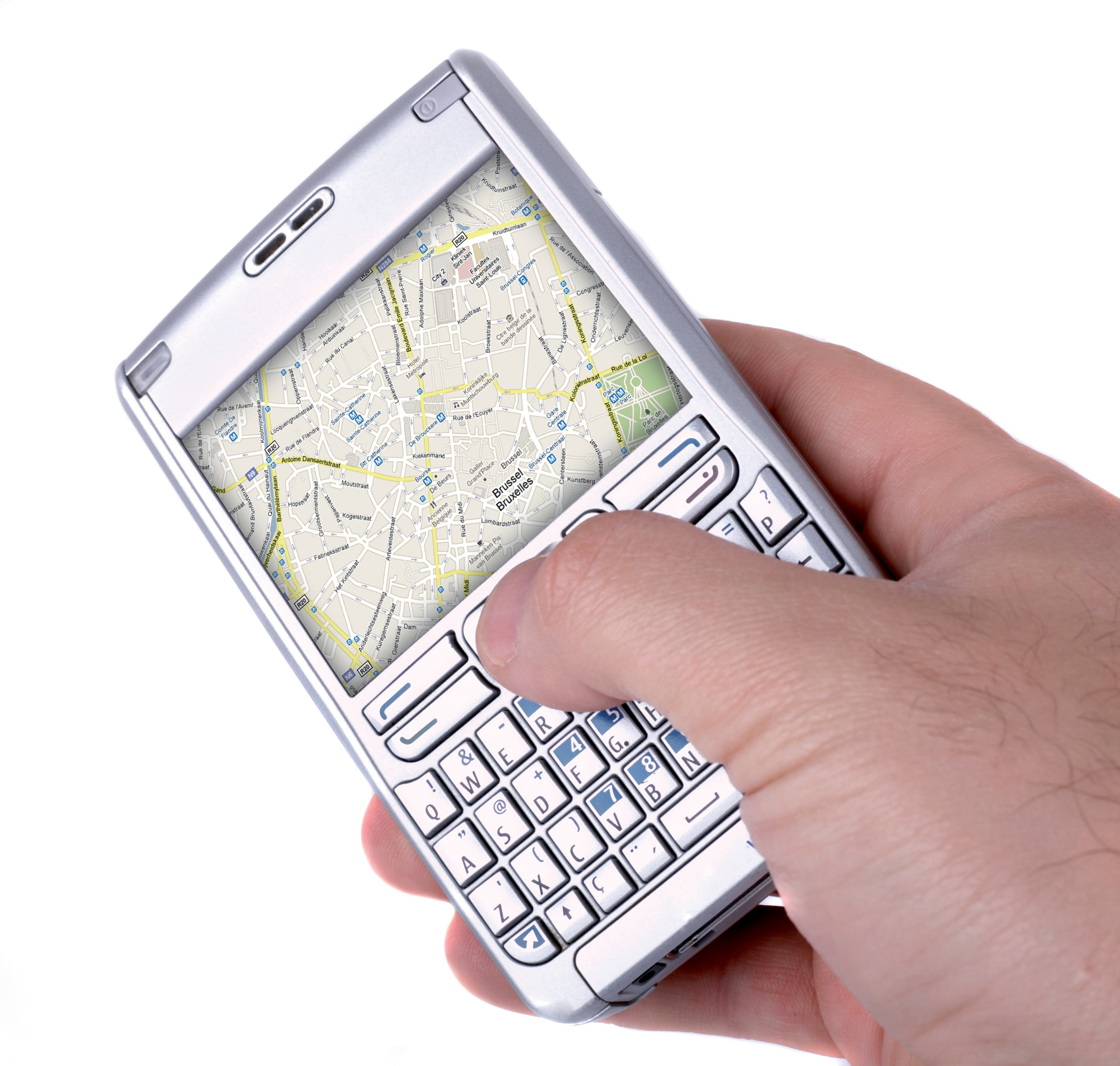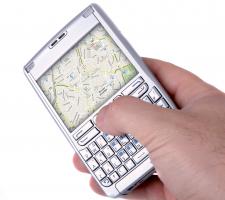
Stéphane Petti, Business Development Manager - Automotive, at Orange Business Services' International M2M Center, says that the ITS industry can no longer afford to ignore the telecommunications industry's role in connecting people and mobility services
To telephone companies (telcos), the Machine-to-Machine (M2M) sector is nothing new. Worldwide, they have been focusing considerable attention on M2M in all its sub-segments for several years now. It is the migration of M2M from fixed to wireless connectivity which is facilitating many current developments, however. And while Vehicle-to-Vehicle (V2V) and Vehicle-to-Infrastructure (V2I) are still emerging concepts in the transport field, when viewed in the M2M context they can hardly be described as new.Just in Europe in the last 18 months, we have seen M2M centres of competency set up by telcos such as Telenor, France Telecom/
Orange's International M2M Center (IMC) serves as but one example of how big the sector already is. The IMC is located in Brussels and is hosted by Orange's Belgian affiliate, Mobistar. It is currently building on almost a decade's-worth of experience in M2M. That equates to almost 2 million active SIM cards, 200 people across the Orange group dedicated to M2M activity alone, a strong involvement with around 80 standardisation bodies and several collaborative agreements with major partners.
The IMC reflects the structure and focus needed to adapt the ways of doing business of industries that need M2M solutions, and to prepare for the future internet composed of billions of machines interconnected to each other and to people.
Setting the scene
Over the last few years, traditional telematics services such as emergency and breakdown call or concierge have shifted from being mainly voice-based to become new, data-centric services.One of the key drivers is the increase in road congestion problems that has motivated public authorities over the last decade to develop real-time information services (such as for traffic and public transport delays) which improve traveller's journey experiences. As a complement to this, the private sector has developed quite a number of real-time (providing enhanced traffic, parking, flight, weather and speed camera information) or on-demand services ('softer' applications such as city guides and local searches) that could enrich a market. Nomadic devices have further accelerated the pace of connected services development and deployment, not only because of attractive pricing structures and short development cycles but also thanks to a proven desire from end-users not necessarily to be connected per se but to have access in real time to a large source of fresh and personal information, be it within the home, on the street or in-vehicle.
In the
The deployment of such data or content-driven services on a pan-EU scale faces several challenges however. Perhaps most importantly, content providers face the challenge of providing an homogeneous quality of service delivery at the pan-EU level. For traffic information, for instance, this task is challenging, due to the diversity and heterogeneity of the information sources, reliability and data collection process. Secondly, there are interoperability issues among services and data formats. This has been addressed for some services (TMC, TPEG) but remains an open item for most others. Finally, there is the issue of delivering such content and services reliably and globally.
From connected cars...
Several communication channels and technologies have been considered over the last decade for their ability to deliver content services. Examples include RDS for traffic information, DSRC for electronic tolling and 5.9GHz for car-to-car communication. In parallel with these developments, the cellular-based mobile data revolution was taking place, placing mobile data at the heart of the telcos' strategies. By the end of the 1990s the first machines were already connected but M2M activity really started to take off some 10 years later with the arrival of GPRS. For many years, however, the telecommunications industry considered vehicles to be 'just any other machine'. The automotive industry, in turn, doubted the ability of mobile operators to deliver data and content services in a way that would meet their requirements. M2M was only adopted by niche aftermarket solutions, such as fleet management and stolen vehicle tracking. These services have actually proven over time to be very successful.
...to cooperative systems
Future services will go beyond exchanging information between a car and a content or service provider. They will be generated by a group of cars for the benefit of another group, relying on interconnected systems sharing information, cooperating in the cases of accidents, breakdowns, dangerous situations for vulnerable road users, congestion, traffic light status, parking availability, railway crossing status - in short, myriad applications. Cooperative infrastructure systems initiatives such as the Europe Commission's COOPERS, CVIS, SAFESPOT and their follow-ons build and aim at uniting several precedent concepts, service provider back-end architectures (for example, NGTP) and V2I or V2V communication initiatives.But from a telco viewpoint all of these approaches can be seen as M2M communication. And today, the reality is that the cellular-based mobile data communication is not only the most advanced and mature solution in existence able to provide wireless connectivity to machines but also the only one that can address the scalability and coverage requirement for the deployment of cooperative systems and connected cars. Besides, the cellular network relies on standards that ensure interoperability on a worldwide scale. This is the reason why, for instance, the latest intelligent car initiatives in the US or EU integrate cellular technology as part of their solutions.
The mobile operators' role
There are several reasons why mobile telcos have not played a significant role in cooperative systems over the last few years, one of them certainly being the lack of communication and understanding between the cellular communications and automotive industries and therefore their lack of mutual support. The telecommunications industry and operators have organised themselves to address M2M with a clear focus, commitment and, even, humility. On the other hand, it certainly appears more clear today to the ITS industry - after prolonged research, development, tests and pilots - that telecommunication is not only about technology but also about processes, quality of service, customer service, maintenance, development and innovation and, finally, about standards. Telcos already have the right experience to make all of these a reality.Cooperative systems are certainly a key enabler for ITS deployment. It is also a revolution that brings the world of services and the world of products together. The role of telcos will go beyond offering connectivity solutions. Thanks to their experience in providing higher-value services to their customers, understanding their needs and managing the relationship, they will also support and accompany the automotive industry in such changes. And in the future, we might well see car manufacturers that used to sell a mobility product shifting to a mobility service offer.
It's about people
The ultimate goal of connecting machines is undoubtedly to provide new services that will change people's quality of life. Connecting people to machines will provide users with a seamless journey experience. Mobility will in the future go beyond the use of private cars and become more multimodal. The user's mobile phone will support such mobility to ensure the continuity of the flow of travel information (public transport travel information, the booking of public mobility resources such as EV cars or bicycles and so on). The role of a telecommunications operator in the automotive ecosystem will consist of providing reliable and continuous connectivity of a high enough quality to facilitate all steps of a user's journey while guaranteeing his or her privacy.All cars will be connected in the coming decade, and the telcos will strongly support such moves by providing and improving higher-quality services and higher flexibility with their solutions.
The 'Internet of things'
Numerous new requirements will emerge from cooperative infrastructure systems. Safety applications, for instance, bring challenges in the form of latency constraints. Infotainment applications will be much more demanding in terms of interactivity and data throughput. Alternative connectivity solutions may appear necessary to cope with these new requirements. But telcos understand the need to evolve their solutions and organisations in order to cope with the new requirements from ITS and connected vehicles. Huge efforts and investments are going into improving telecommunication standards, technologies, infrastructures and quality of services. We should keep in mind that future radio resources will remain finite and be unlikely to allow unbounded or unlimited connectivity solutions, so future successful applications will always need to be well designed and optimised.Nevertheless, current connectivity solutions in 2 or 3G can certainly address requirements for a broad and increasing set of telematics applications from pure, traditional, car-centric telematics up to driver-centric services such as connected navigation, traffic information delivery and so on.
And beyond 3G, 4G will provide a new and unique user experience, with much more interactivity that will definitely unleash a new set of applications not even thought of, yet going beyond traditional data-consuming services. The future will be even more freedom of connectivity.












